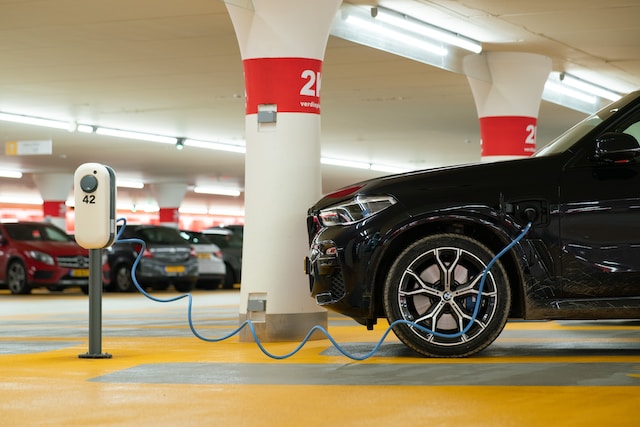
Kenya has recently announced its ambitious plan to promote the use of electric vehicles (EVs) and other forms of electric transport as part of its strategy to reduce air pollution and combat climate change. The plan is expected to be a significant step towards achieving Kenya’s national target of reducing carbon emissions by 30% by 2030. In this blog, we will discuss Kenya’s electric transport plan in more detail and its potential impact on the country’s air quality and climate.
Background Kenya has been facing severe air pollution problems in recent years, particularly in urban areas. The primary sources of air pollution in Kenya include vehicle emissions, industrial activities, and burning of solid waste. According to the World Health Organization (WHO), air pollution is responsible for more than 14,000 premature deaths in Kenya every year, making it one of the leading causes of death in the country. Furthermore, Kenya is vulnerable to the impacts of climate change, such as droughts, floods, and rising temperatures.
Kenya’s Electric Transport Plan The Kenyan government’s electric transport plan aims to reduce air pollution and greenhouse gas emissions from the transport sector by promoting the adoption of electric vehicles and other forms of electric transport. The plan includes several key measures, such as:
- Promotion of electric vehicles: The government will provide incentives such as tax breaks and reduced import duties to encourage the adoption of electric vehicles. It will also collaborate with private sector partners to establish electric vehicle charging infrastructure across the country.
- Promotion of electric motorcycles and bicycles: The government will promote the use of electric motorcycles and bicycles, which are popular modes of transport in Kenya. It will provide subsidies to manufacturers and importers of electric motorcycles and bicycles to make them more affordable.
- Transition to electric buses: The government will phase out diesel buses and replace them with electric buses. This will help reduce air pollution in urban areas, where most of the buses operate.
- Encouraging the use of non-motorized transport: The government will encourage the use of non-motorized transport such as walking and cycling, which will help reduce air pollution and promote physical activity.
Impact on Air Quality and Climate The implementation of Kenya’s electric transport plan is expected to have a significant impact on the country’s air quality and climate. By promoting the use of electric vehicles and other forms of electric transport, the plan will help reduce emissions of harmful pollutants such as nitrogen oxides (NOx), particulate matter (PM), and carbon dioxide (CO2). This will, in turn, reduce the health risks associated with air pollution and help mitigate climate change.
Furthermore, the plan is expected to create new job opportunities in the electric vehicle industry and contribute to the development of a green economy in Kenya. The promotion of electric motorcycles and bicycles, in particular, is expected to benefit low-income households who rely on these modes of transport for their daily commute.
Kenya’s electric transport plan is a significant step towards reducing air pollution and combating climate change in the country. The plan’s success will depend on effective implementation, collaboration between the government and private sector partners, and the willingness of consumers to adopt electric vehicles and other forms of electric transport. If successful, the plan could serve as a model for other countries in the region to follow, promoting sustainable and environmentally friendly transport solutions for a better future.





